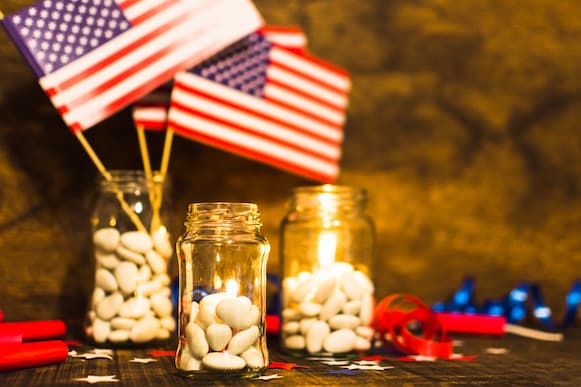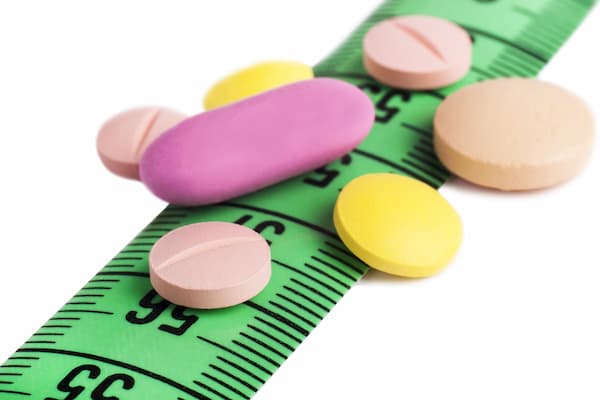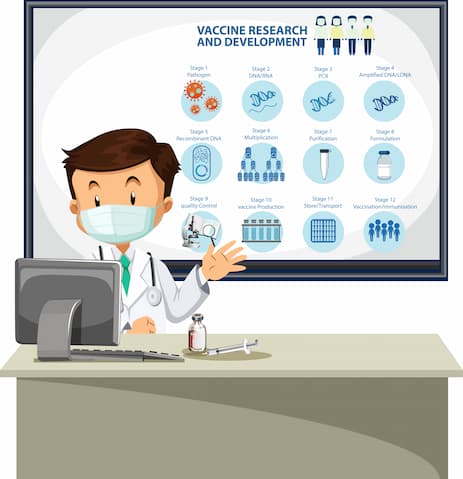April 14, 2025
India’s pharmaceutical industry, a global powerhouse, sends affordable medicines to millions of Americans, saving the U.S. healthcare system billions every year. But new tariffs announced by President Donald Trump in 2025 could shake things up.
With a 27% tax on Indian goods already in place and a possible 25% tariff on medicines looming, Indian drug companies face tough times. This blog explains what these tariffs mean for India’s generic drugs, active ingredients (APIs), and biologics like biosimilars, focusing on the biggest players sending medicines to the U.S.
What’s Happening?
Trump’s tariffs aim to bring manufacturing back to the U.S., but they hit hard on Indian exports. Nearly half of all generic medicines taken in the US come from India. Generic drugs – which are cheaper versions of brand-name medications – imported from countries like India make up nine out of 10 prescriptions in the US. This saves Washington billions in healthcare costs. In 2022 alone, the savings from Indian generics amounted to a staggering $219bn (£169bn),according to a study by consulting firm IQVIA.
- Generic Drugs: Affordable versions of medicines like antidepressants and blood pressure pills, making up ~45% of U.S. prescriptions.
- APIs: The raw materials used to make drugs, often sourced from India and China.
- Biologics: Advanced medicines like biosimilars (cheaper copies of complex drugs) and vaccines, a growing part of India’s exports.
A 27% tariff started on April 9, 2025, though medicines were briefly spared. Now, Trump hints at a 25%+ pharma tariff, which could raise drug prices and squeeze Indian companies. India is fighting back with trade talks, hoping to soften the blow by year-end.
How Will This Impact Indian Drug Companies?
- Higher Prices for Americans:
- Generics: Indian generics are super cheap—think $1–$5 for a bottle of pills. A 25% tariff could add $0.12–$0.15 per pill, raising costs by ~$42/year for the average patient. For example, a heart drug might jump from $0.82 to $0.94 per dose.
- Biologics: Biosimilars for cancer or arthritis could cost $8,000–$10,000 more for a six-month treatment. This hurts uninsured Americans, who already skip meds due to high prices.
- Why It Matters: If Indian companies raise prices, U.S. buyers might turn to pricier European drugs, but those can’t fully replace India’s massive supply.
- Profit Pain for Indian Firms:
- Generics: Indian companies like Sun Pharma and Dr. Reddy’s make slim profits (5–10%) on generics. A 25% tariff could cut their earnings by 10–15%, forcing them to choose between losing money or hiking prices.
- APIs: Trump’s 104% tariff on Chinese APIs (raw materials) could raise costs by 5–10%, as many Indian firms rely on China for things like antibiotic ingredients.
- Biologics: Biosimilars have better margins, so companies like Biocon might absorb some tariff costs. But a big tariff could still hit profits by 5–10%, especially for smaller vaccine makers.
- Stock Market Jitters: Pharma stocks dipped 2–6% after Trump’s tariff talk. Companies with big U.S. sales, like Gland Pharma, are down 15% this year.
- Losing Ground in the U.S.:
- Generics: India supplies nearly half of U.S. generics. If prices rise, companies could lose 5–10% of their market to competitors, though the U.S. lacks enough factories to replace India’s output.
- Biologics: Biosimilars are a smaller but growing market (15% of U.S. supply). Higher prices could slow adoption, hurting firms betting big on these drugs.
- Looking Elsewhere: Indian companies may sell more to Africa or Latin America, but those markets pay less and have tricky rules.
- Can India Fight Back?:
- Trade Talks: India’s negotiating a deal to cut its own tariffs (e.g., from 10% to 0% on U.S. drugs) to keep Trump happy. A deal by fall 2025 could limit tariffs to 10% or skip pharma entirely.
- Strengths: India’s 600+ FDA-approved factories and low costs make it hard for the U.S. to ditch Indian drugs. Moving production to America would take years and billions.
- New Plans: Companies are investing in high-value biosimilars and exploring new markets to reduce U.S. dependence.
Who’s Most Affected? A Look at Major Players
Here’s how some of India’s biggest drug exporters to the U.S. might fare. These companies are among the top 25, based on their hefty U.S. sales:
- Sun Pharma (~$1.9 billion U.S. sales):
- Makes generics and some specialty drugs. A 25% tariff could cut profits by 8–10%. Its size and diverse products (e.g., skin treatments) help it stay strong, but stocks may wobble.
- Dr. Reddy’s (~$1.5 billion):
- Big in generics and biosimilars. Could lose 10–12% profits if tariffs hit hard. Has U.S. factories to ease some pain but still relies on Indian plants.
- Aurobindo Pharma (~$1.8 billion):
- Sells tons of generics (heart, brain drugs). Faces 12–15% profit cuts and a stock drop (~15% this year). Plans to grow biosimilars to bounce back.
- Biocon (~$600 million):
- Focuses on biosimilars for cancer and diabetes. High U.S. sales (50%) mean a 10–12% profit hit. May shift to Europe to offset losses.
- Gland Pharma (~$700 million):
- Makes injectable drugs. Most at risk, with 15% profit cuts possible. Stock’s already down 15% this year due to tariff fears.
- Cipla (~$800 million):
- Sells generics for lungs and cancer. Lower U.S. reliance (~28%) means a milder 3–5% profit dip. U.S. plants and strong Indian sales help.
- Lupin (~$900 million):
- Generics for diabetes and lungs. Could see 8–10% profit hit. Eyeing Japan to diversify.
- Zydus Lifesciences (~$1 billion):
- Generics and biosimilars. Faces 10–12% profit risk but has a strong U.S. pipeline to stay competitive.
- Piramal Pharma (~$300 million):
- Generics and contract manufacturing. Smaller 4–6% profit hit, thanks to non-drug services.
- Laurus Labs (~$200 million):
- APIs and generics. Low U.S. sales (~17%) limit damage to 2–4% profits.
Others in the Top 25 (e.g., Alkem, Intas, Torrent, Glenmark, Natco, Hetero, Macleods, Ajanta, Ipca, Strides, Granules, Jubilant, Divi’s, Wockhardt):
- Smaller firms sell $4–5 billion total to the U.S., mostly generics and APIs. They could lose 5–10% profits, with niche players (e.g., Glenmark’s asthma drugs) hit hardest. API makers like Granules face extra costs from Chinese tariffs. Most are exploring Europe and domestic sales to stay afloat.
Note: Exact U.S. sales for smaller firms are hard to pin down, but these are educated estimates based on industry reports.
Generics vs. Biologics: What’s the Difference?
- Generics: These are India’s bread and butter—cheap copies of everyday drugs. They’re super sensitive to tariffs because even a small price hike can push buyers away. A 25% tariff could make generics 10–20% pricier, hitting firms like Aurobindo hardest.
- Biologics: Biosimilars and vaccines are more complex and profitable. They’re less affected by tariffs since buyers (e.g., hospitals) are willing to pay a bit more. Firms like Biocon and Zydus, with big biosimilar bets, might weather the storm better but still face profit squeezes if tariffs spike.
What’s Next?
The good news? India’s pharma giants are tough. They’ve got low-cost factories, tons of U.S. approvals, and a knack for affordable drugs the U.S. can’t easily replace. A trade deal could keep tariffs low (say, 10%), cutting profit losses to 3–5%. But if tariffs hit 25%, expect:
- Short-Term Pain: 5–15% profit drops, worst for Gland and Biocon. Stocks could slide 5–10%.
- Long-Term Moves: More biosimilars, new markets like Africa, and maybe even U.S. factories (though that’s pricey).
- U.S. Fallout: Higher drug prices and shortages could push Trump to rethink tariffs, especially if patients complain.
A MedicinManAI Feature







